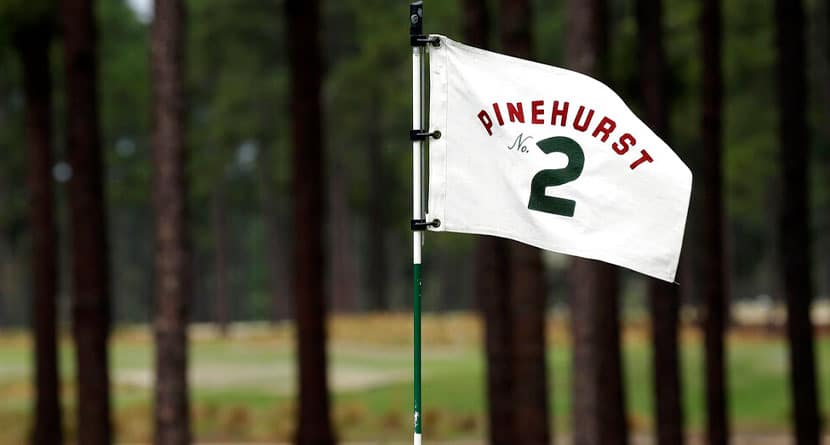A Hole-By-Hole Description Of Pinehurst No. 2

A hole-by-hole description of Pinehurst No. 2, site of the 124th U.S. Open to be played June 13-16. The course remains roughly the same from 2014 with one significant change. The greens have gone from bent grass to a “ultradwarf bermudagrass,” which thrives in summer warmth.
No. 1, 385 yards, par 4
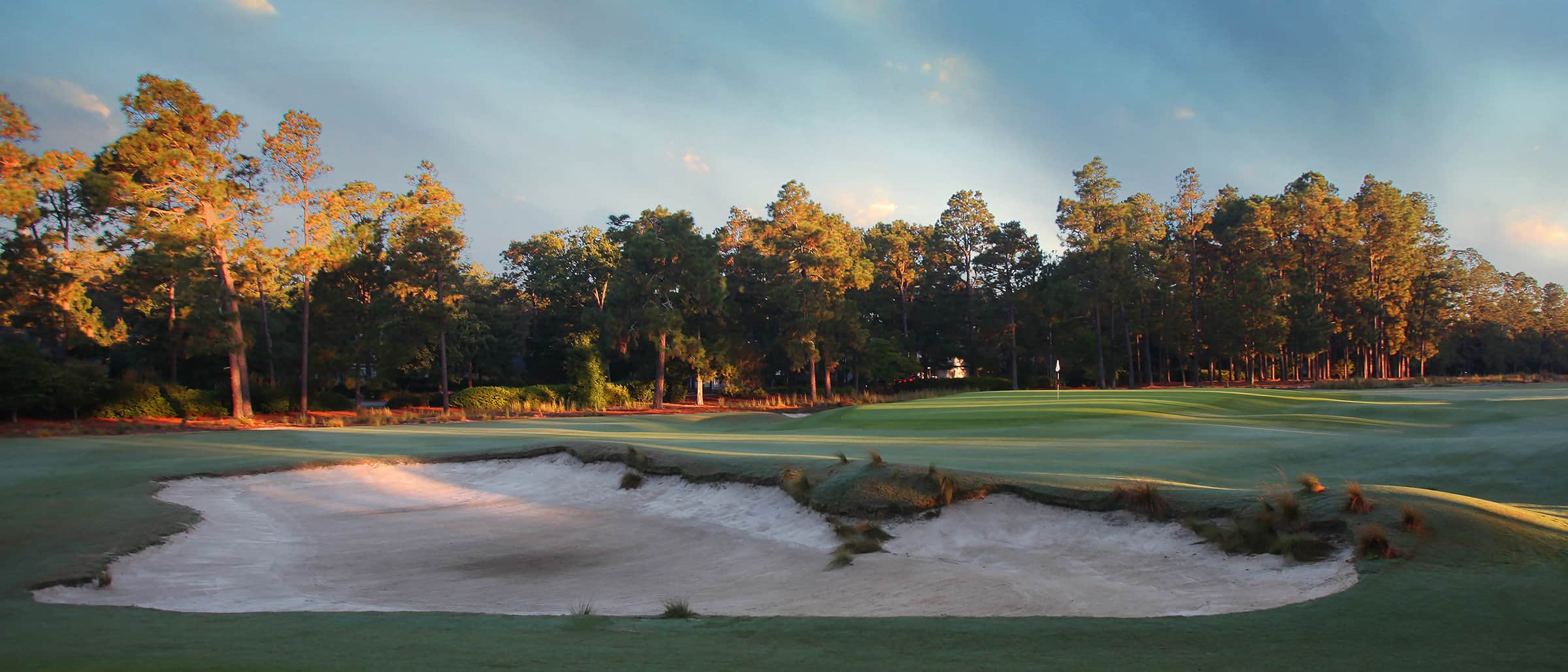
The opening hole has all the appearances of a birdie opportunity, provided the shots are precise. Most players will hit a long iron off the tee to keep it short of where the fairway narrows, leaving about 140 yards to the green. The left side is sandy with wire brush plants. It’s a vintage Donald Ross domed green, so the wedge or short iron has to be exact or it will roll away from the hole.
No. 2, 500 yards, par 4
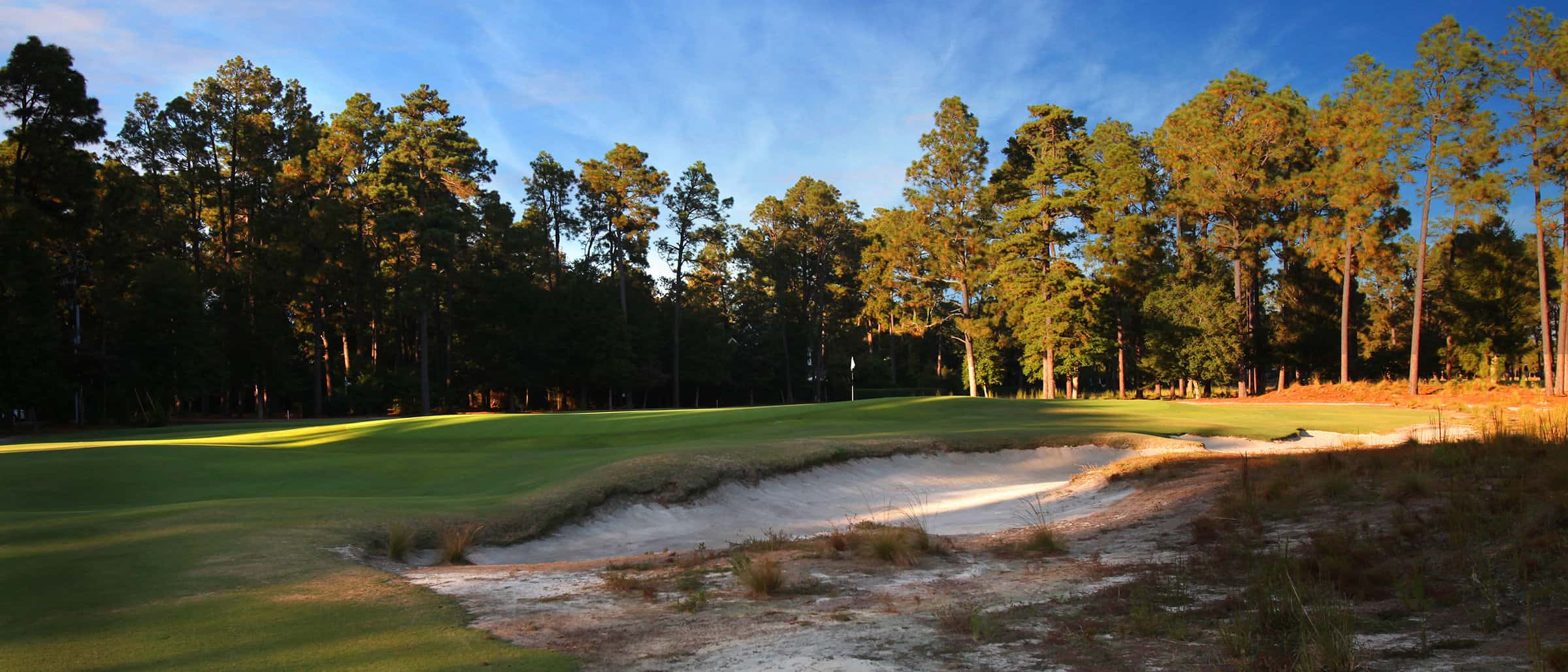
The landing area is generous, but the green is severe for the length of the hole and players will be using a mid-iron. The ideal drive is down the left side when the hole location is on the right side of the green. The putting surface has a pronounced hump in the front that will repel approach shots that are slightly short.
No. 3, 387 yards, par 4
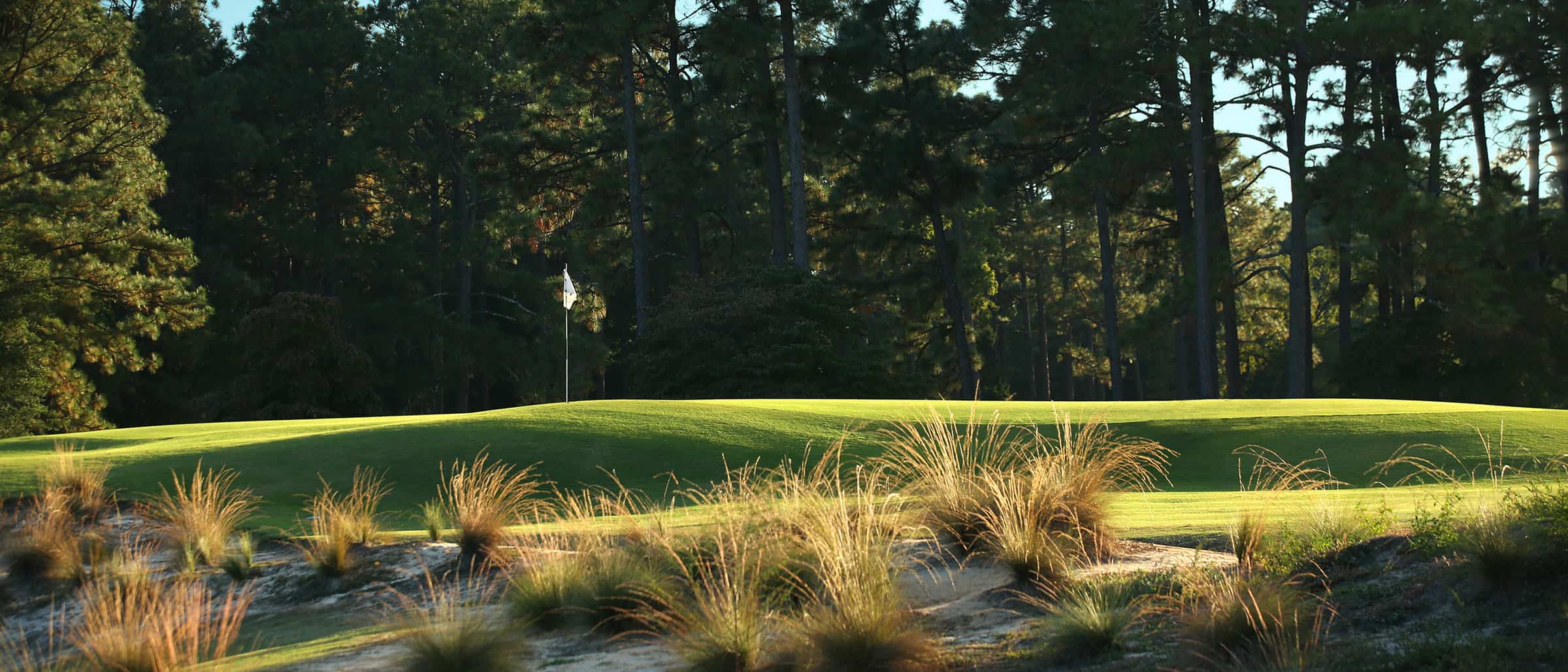
This could feature a forward tee to tempt players to drive the green, though it would require a sharp left-to-right shot because of trees down the right side. From the regular tee, players will lay up short of the bunker on the right with a long iron. The green is elevated and missing in any direction will make for a tough par, particularly if shots go long.
No. 4, 528 yards, par 4
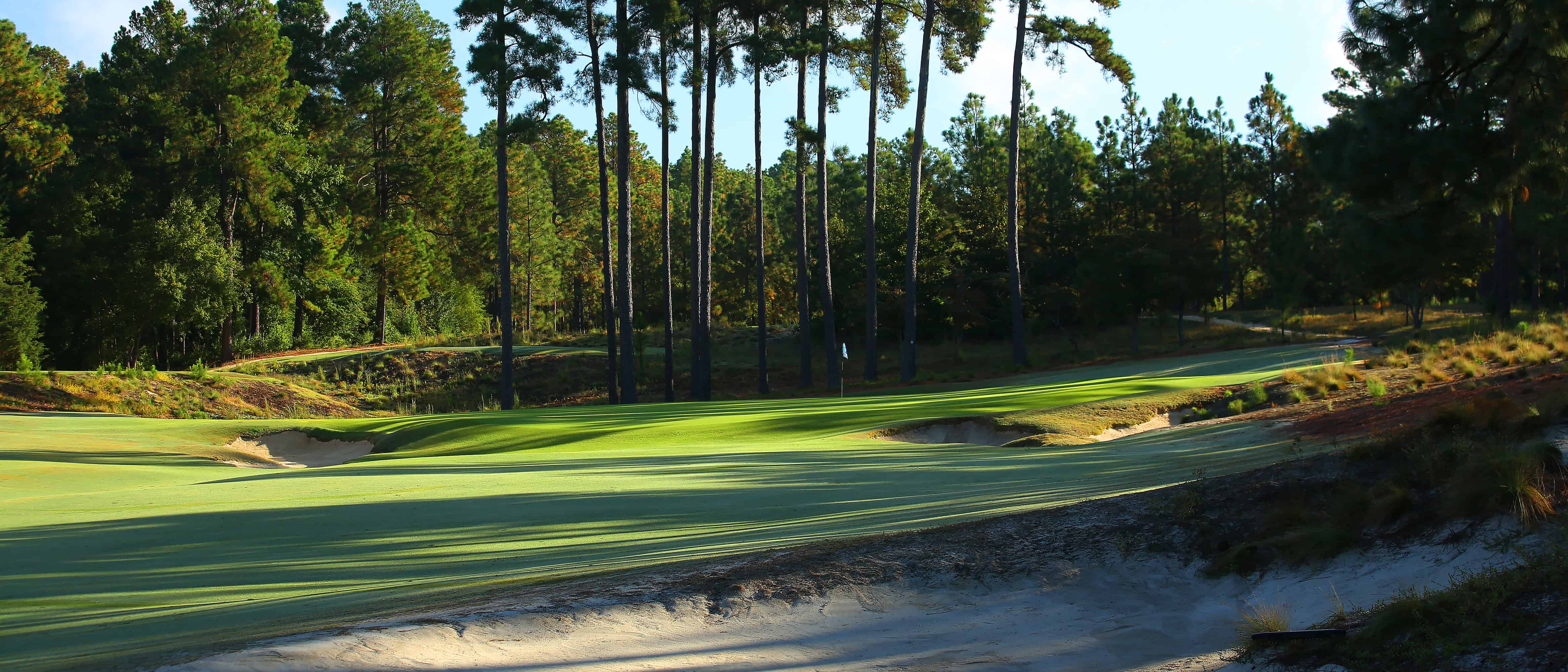
This played as a par 5 in the first two U.S. Opens. Now it’s the longest par 4 on the front nine, though it’s manageable because of the downhill tee shot. It bends slightly to the left off the tee, with bunkers on each side of the landing area and the natural, sandy look down both sides. The large green is receptive to a long iron, though a bunker protects the left side. The pitch of the green is from right to left.
No. 5, 588 yards, par 5
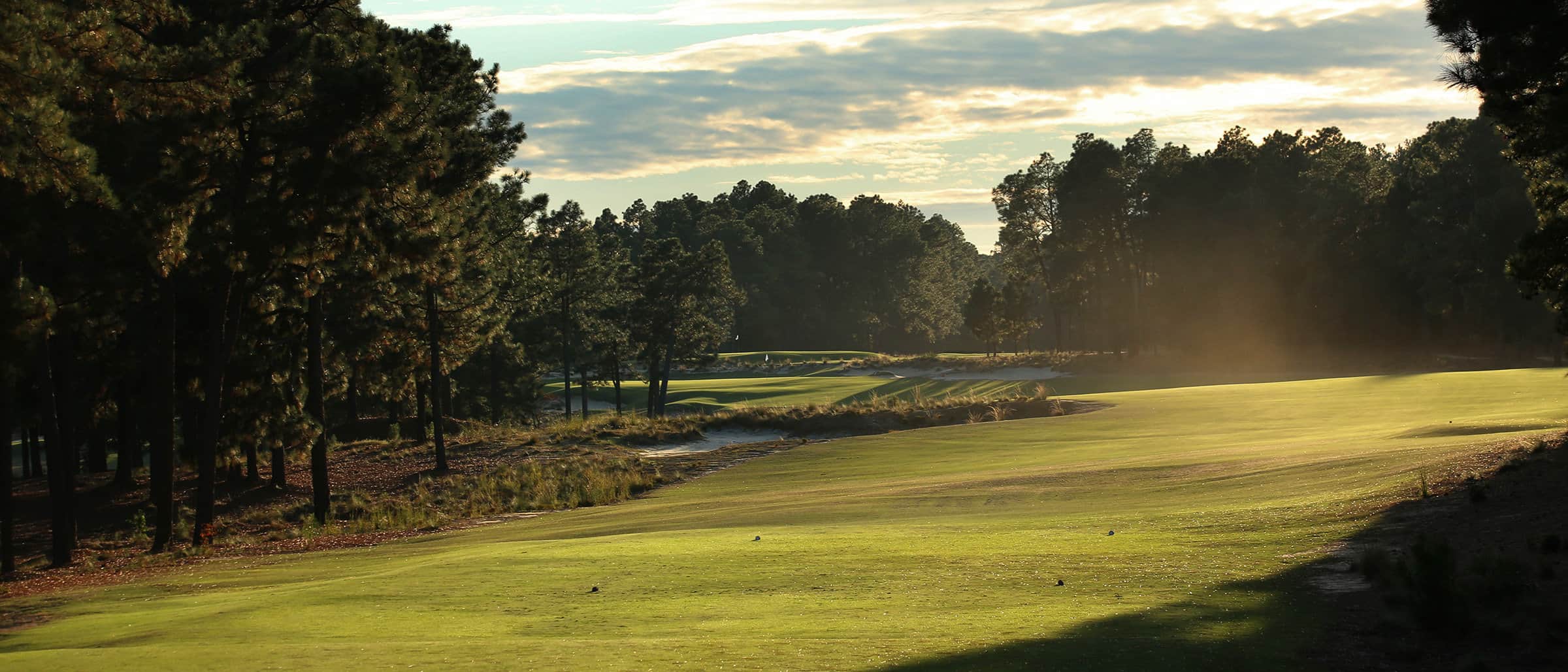
The hole features a dogleg to the left at the end. Most players will have a chance to go for the green in two, though they will have a downhill, sidehill lie for the second shot because of the slant in the fairway. Laying back leaves a wedge to an elevated green, one of the toughest at Pinehurst.
No. 6, 216 yards, par 3
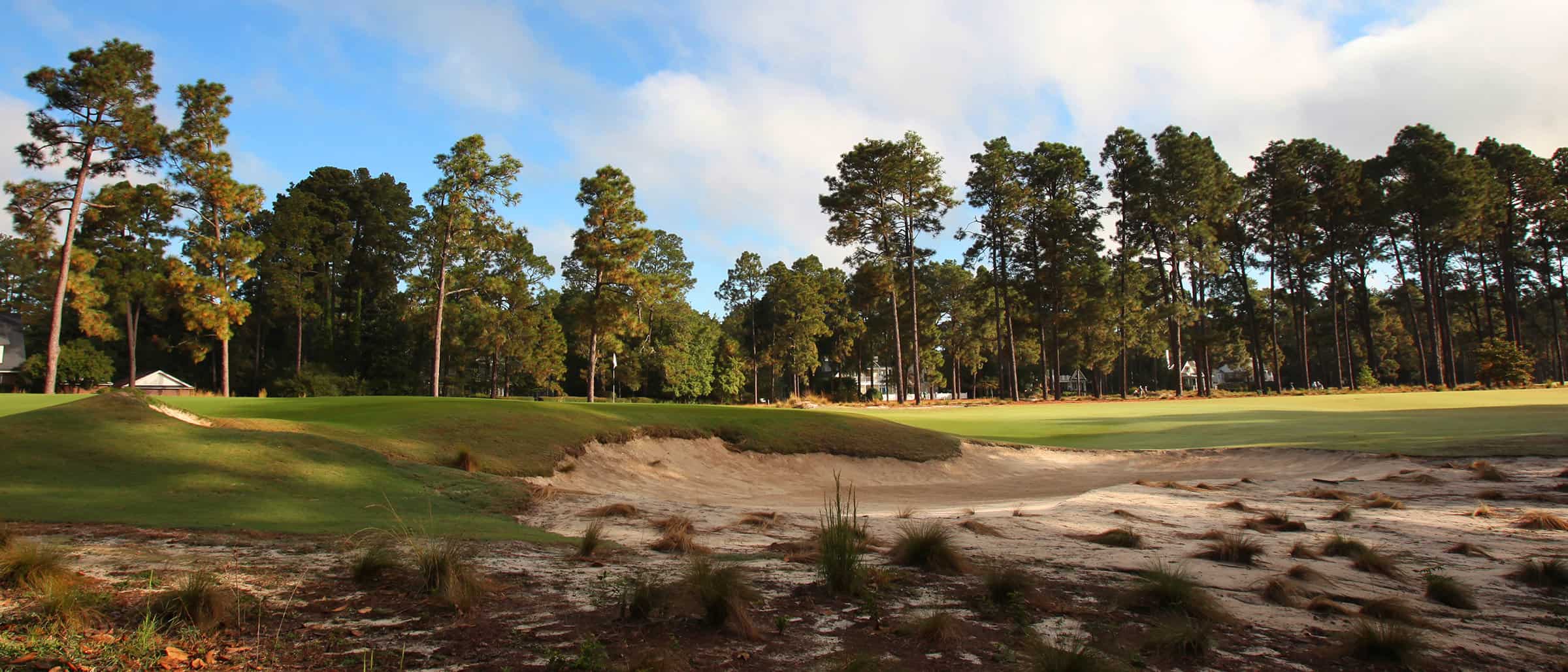
The first par 3 is no picnic. It will require at least a medium iron that must carry a crease at the front that is 4 feet below the putting surface. It also features one of the deepest bunkers on the course to the left. Hole locations at the front of the green will be the most demanding because the green is extremely fast from back to front.
No. 7, 426 yards, par 4
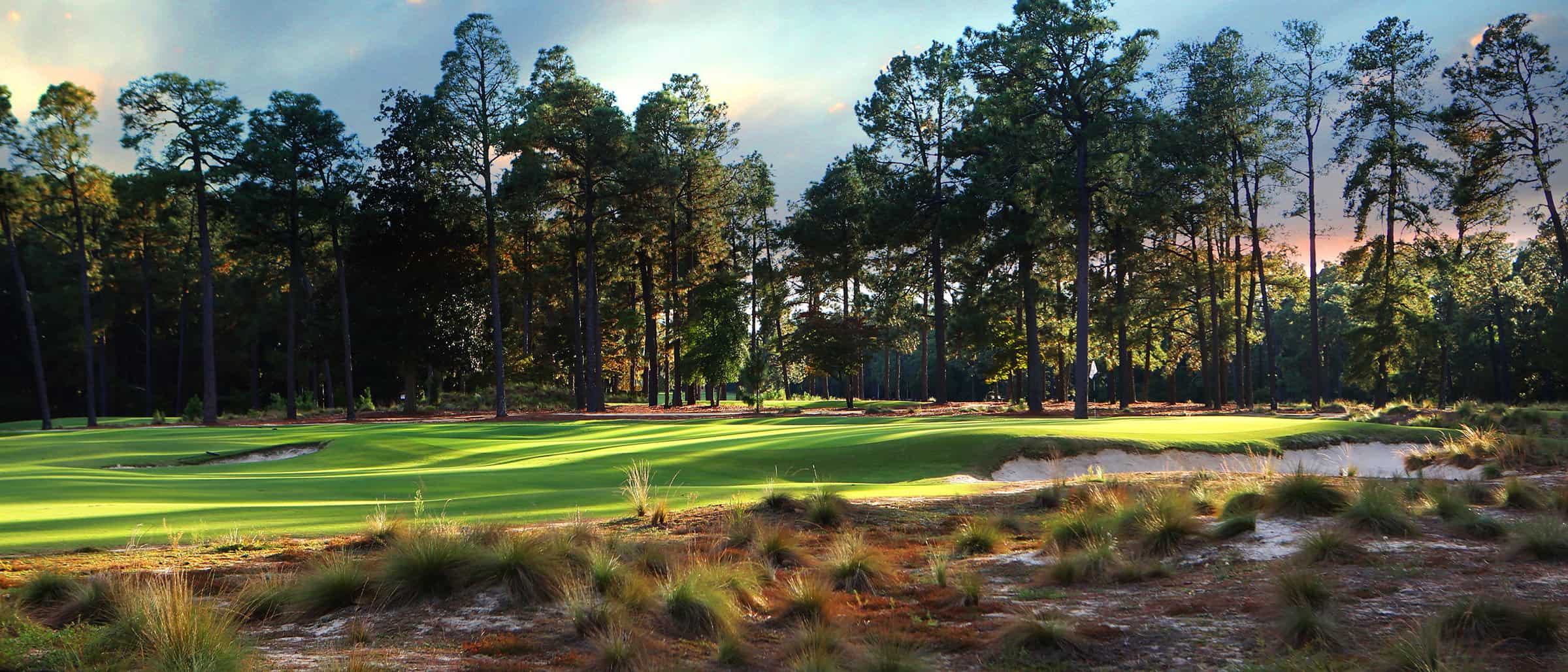
The tee shot sets up the hole, and it most likely will be a long iron or fairway metal. The hole moves sharply from left to right, though taking off too much could put the ball in the dunes and wire brush. The approach with a short iron is to a green protected by a deep bunker on the right. A plateau on the putting surface toward the front and left allows for a tough hole location.
No. 8, 492 yards, par 4
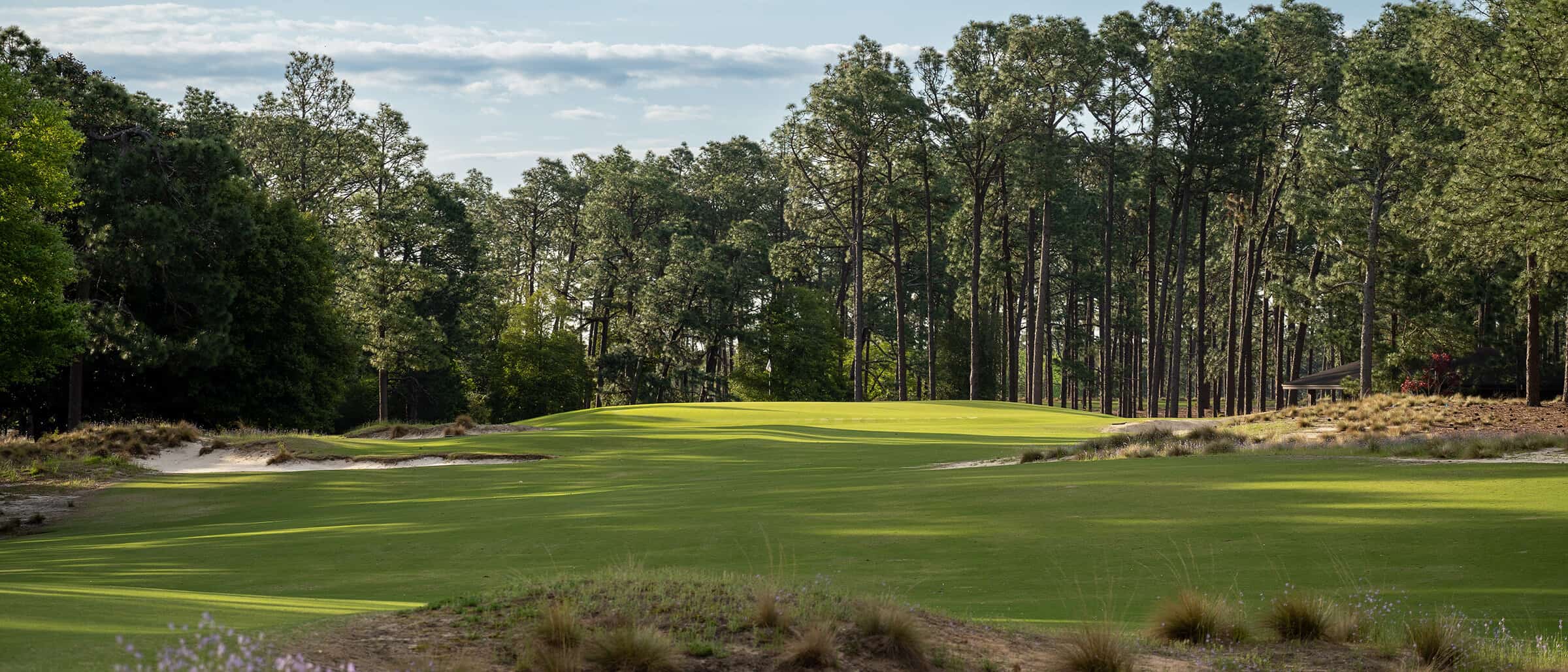
This straightforward hole has a fairway with pronounced movements — downhill and to the right, and then uphill and to the left. A strong tee shot leaves a mid-iron, though players must avoid going left or long and catching a slope that drops them nearly 10 feet below the putting surface.
No. 9, 184 yards, par 3
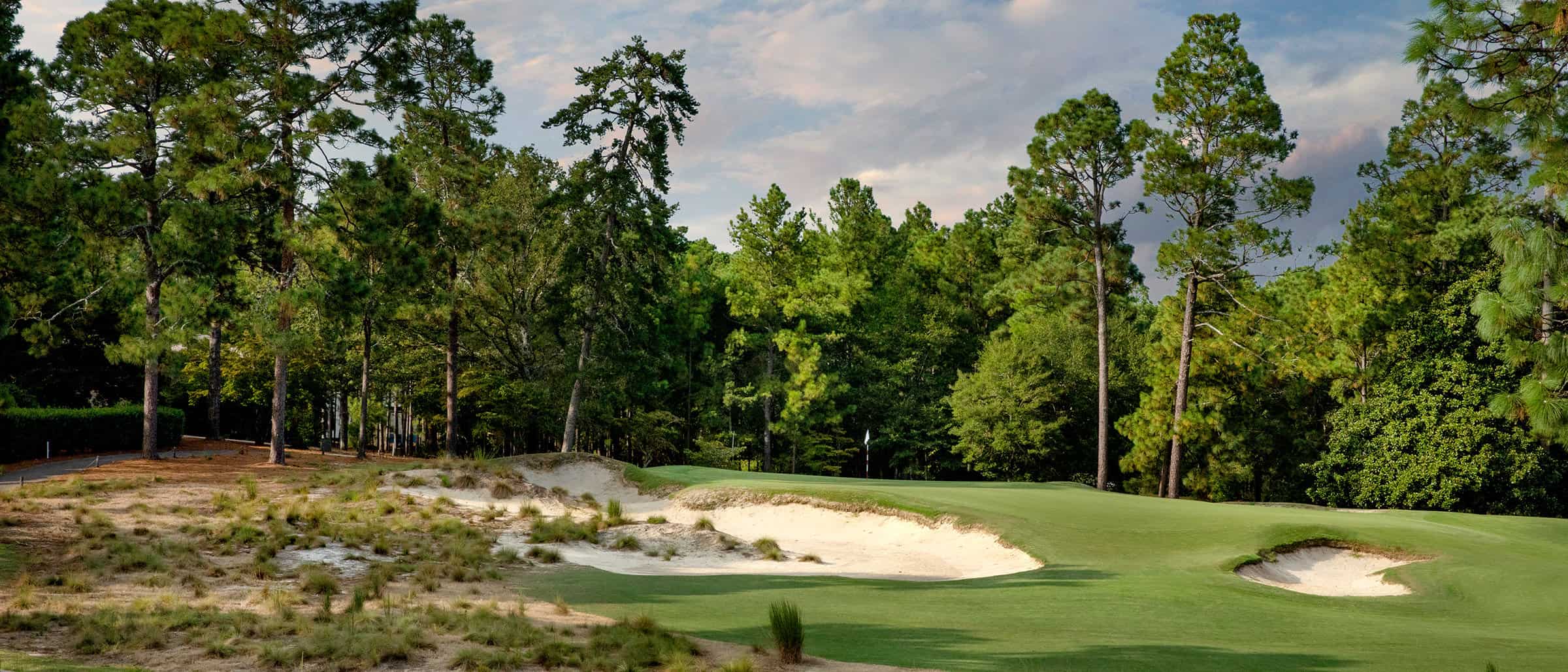
The shortest of the par 3s is deceptive because of two sections to the green and a deep bunker in the front. The left side of the green appears small from the tee box, but it is relatively flat. The front section to the right has more slope to hit. Shots that miss long and left will bounce away from the green and leave a very difficult chip.
No. 10, 617 yards, par 5
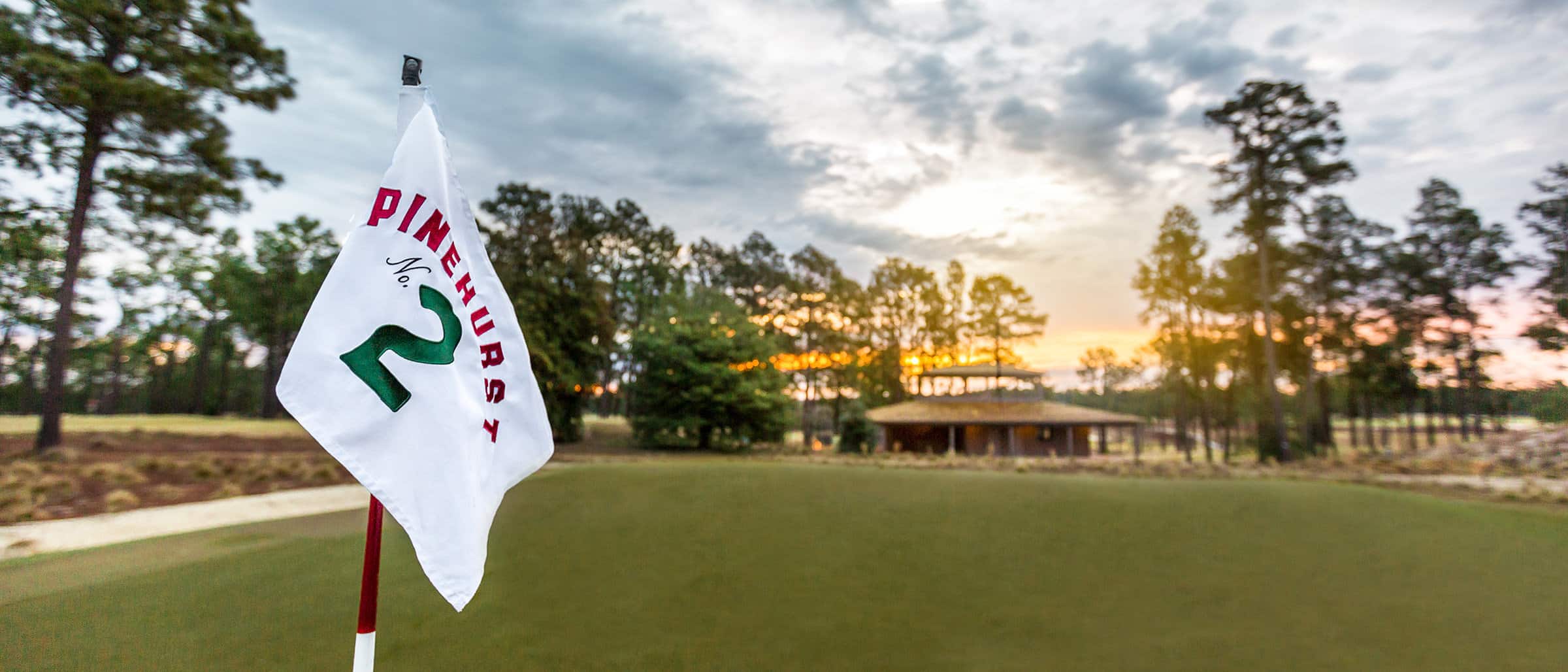
This can be reached in two by the longest hitters and firm conditions. The hole turns to the left beyond the landing area off the tee. Trees protect the left side, requiring either a right-to-left second shot or a towering shot over the trees for those going for the green. Players will lay up anywhere from 40 to 100 yards to a raised green. This should be a reasonable chance at birdie no matter how it’s played.
No. 11, 478 yards, par 4
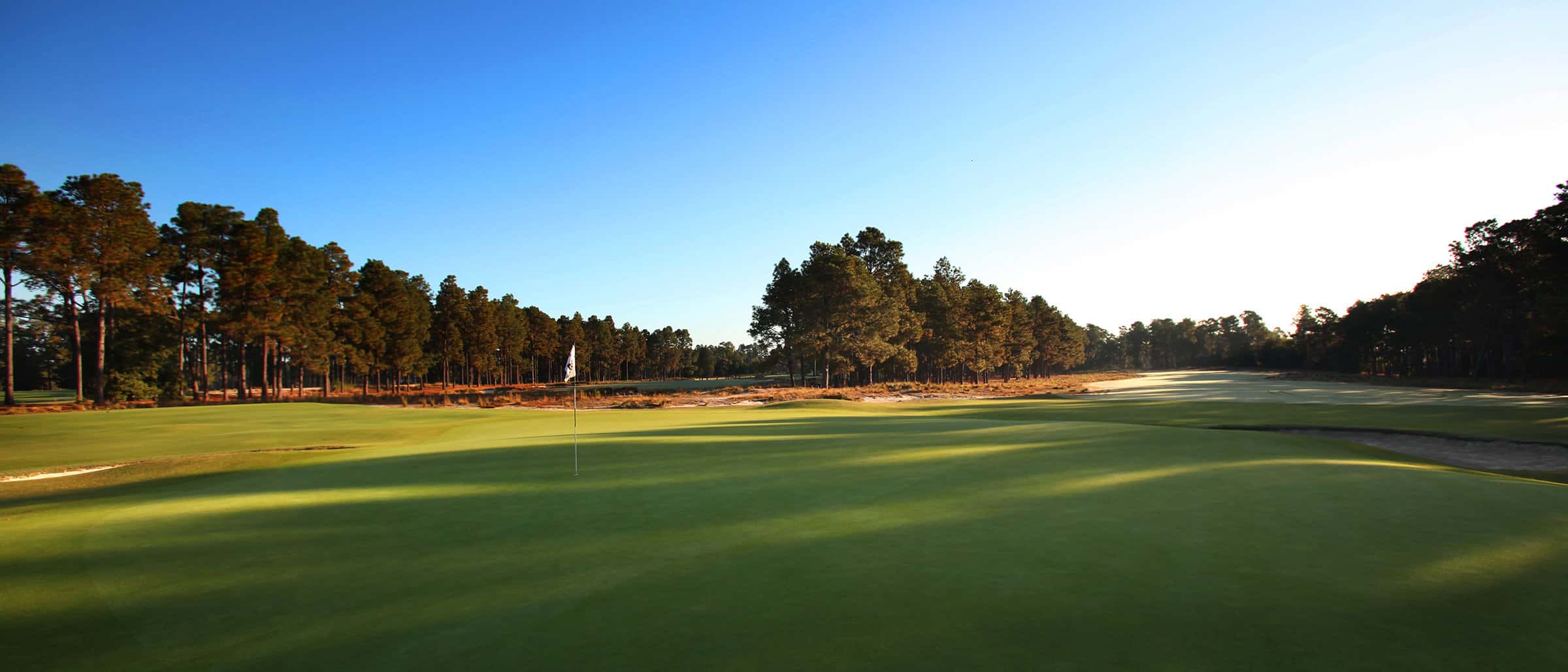
The tee shot is semi-blind with a slight slope to the right. The left side of the fairway is ideal. Most players will have a mid-iron approach to a green where the hole locations on the left side are the most difficult because of the steep drop off the green. Players missing the green to the right have a simple up-and-down by Pinehurst standards.
No. 12 486 yards, par 4
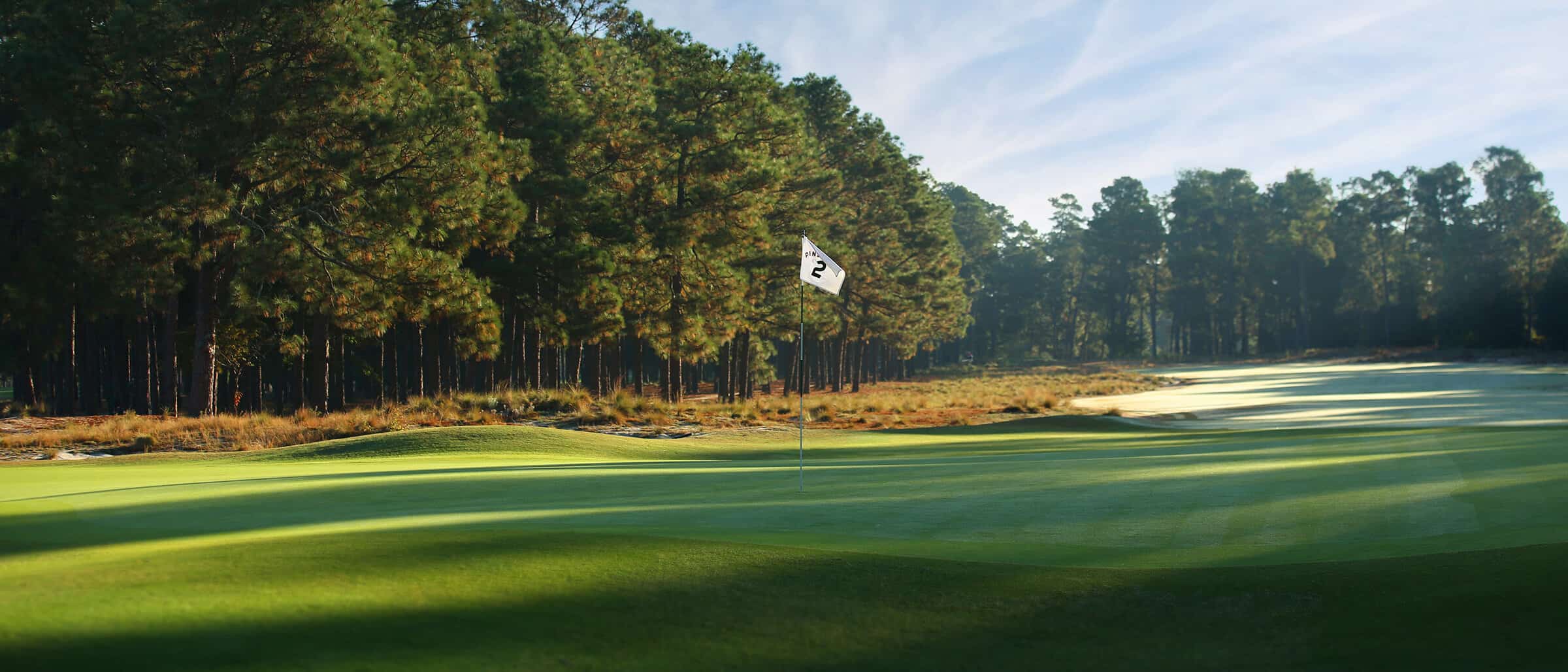
This is a driver hole because of the generous fairway width. The approach shot is to a small green with a dramatic drop behind the green. Any miss should be short. The slope of the green is from back to front, and the surface has subtle breaks.
No. 13, 381 yards, par 4
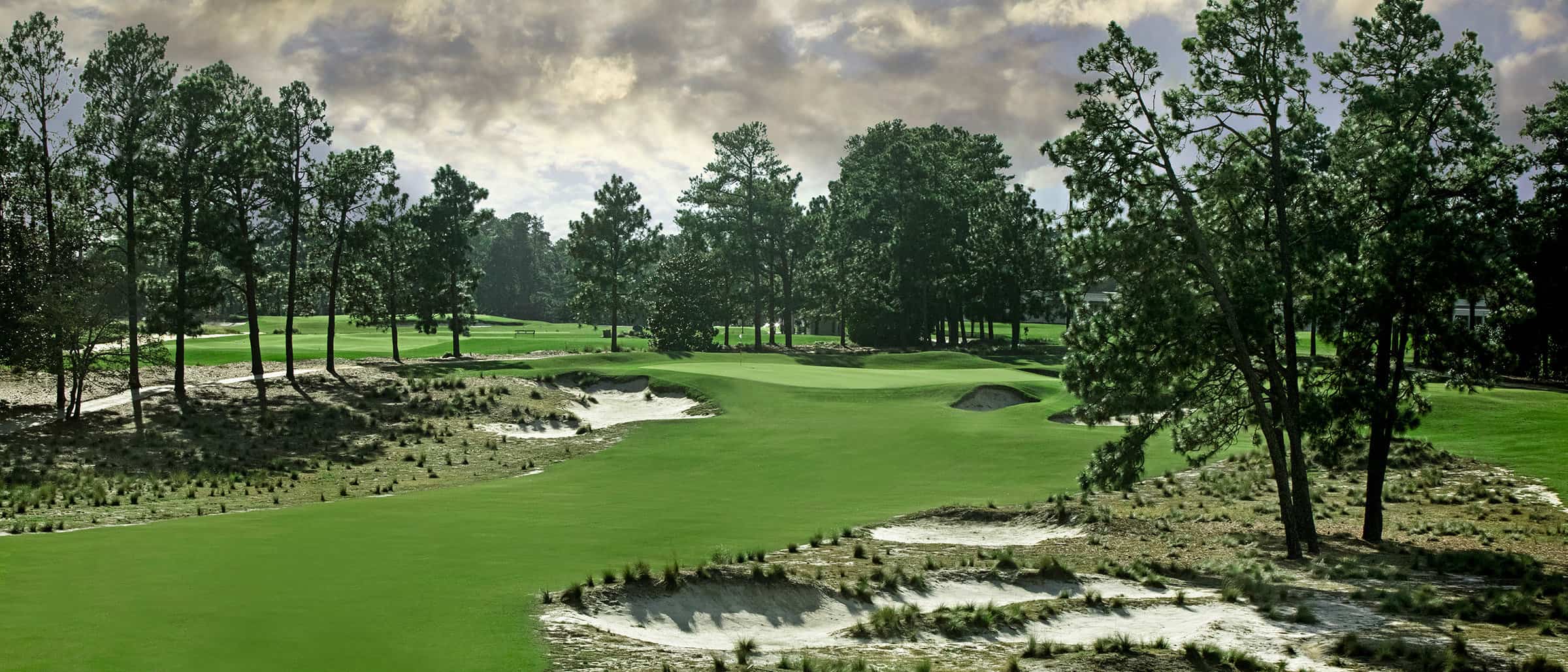
This might be the last breather before the finishing kick. It likely will be a long iron or fairway metal off the tee on a dogleg right. The second shot is the most pronounced uphill shot on the course. Anything short will leave a difficult up-and-down. This is one time that it’s better to be long.
No. 14, 472 yards, par 4
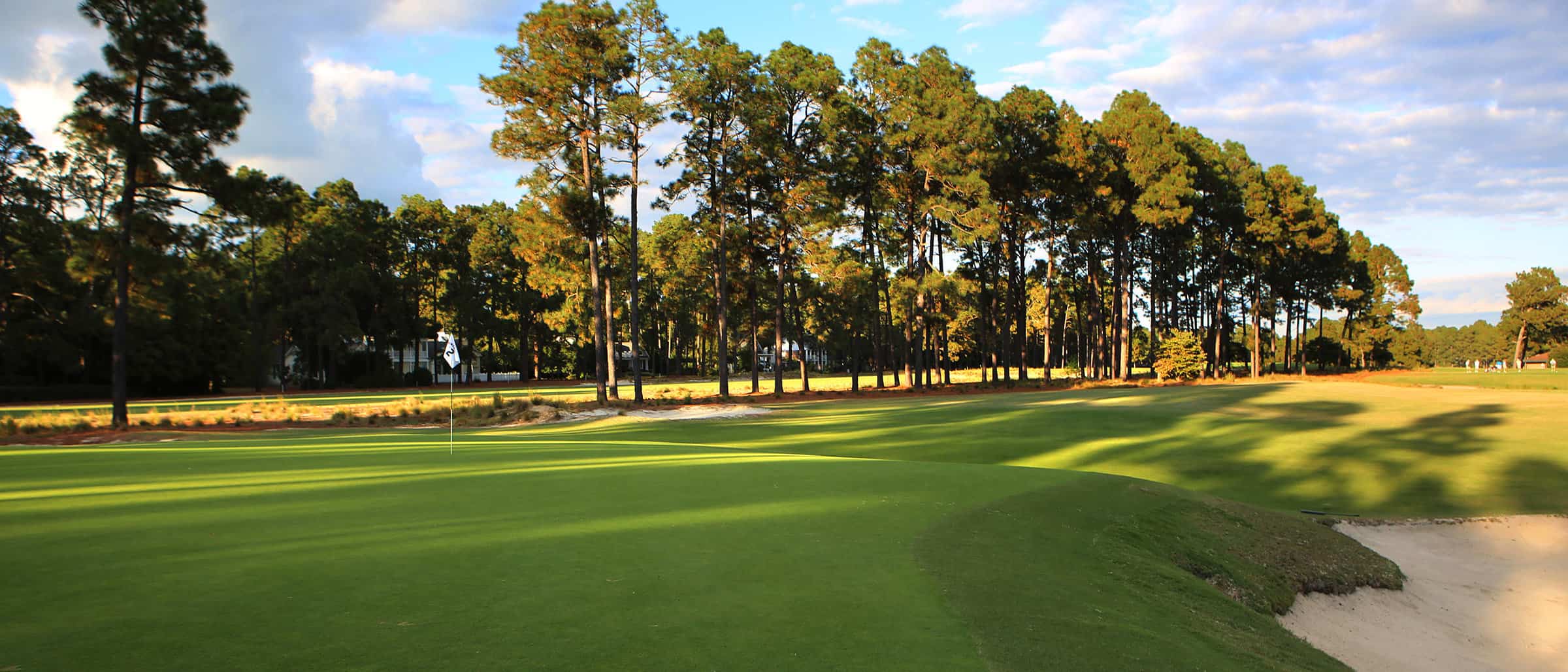
The tee shot is slightly downhill and should be shaped to the right to avoid a bunker on the left side of the fairway. No matter where the hole is located, the smart shot is to the front of the green. Anything short will leave a relatively simple up-and-down. The green has a severe slope from back to front, making anything behind the hole extremely tough.
No. 15, 199 yards, par 3
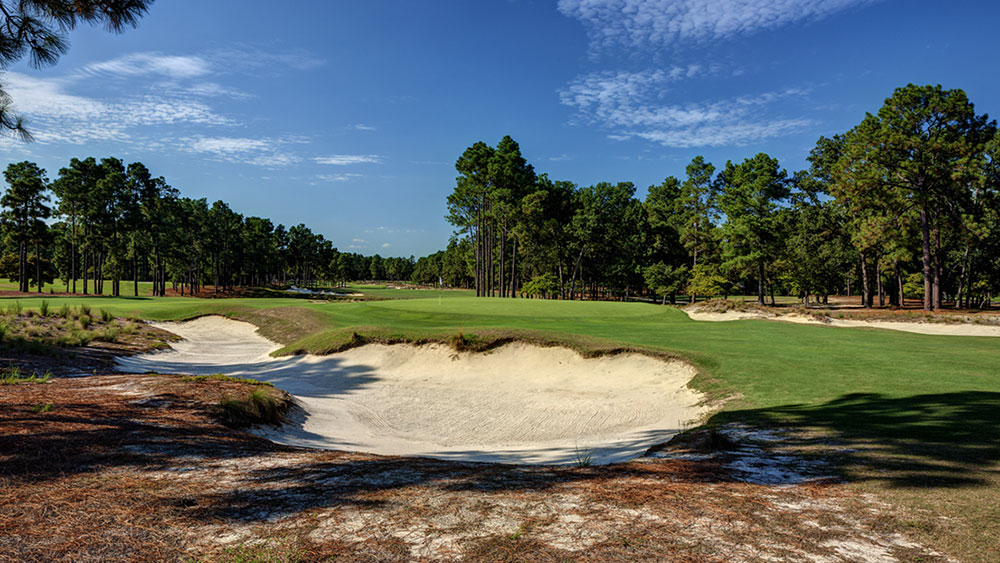
This has one of the few greens that Bill Coore and Ben Crenshaw renovated by returning it to its original size. The green remains smaller than any on the course except for No. 5. Shots that land on the front portion of the green will end up in a collection area. The bad miss is in the bunker to the right of the green.
No. 16, 536 yards, par 4
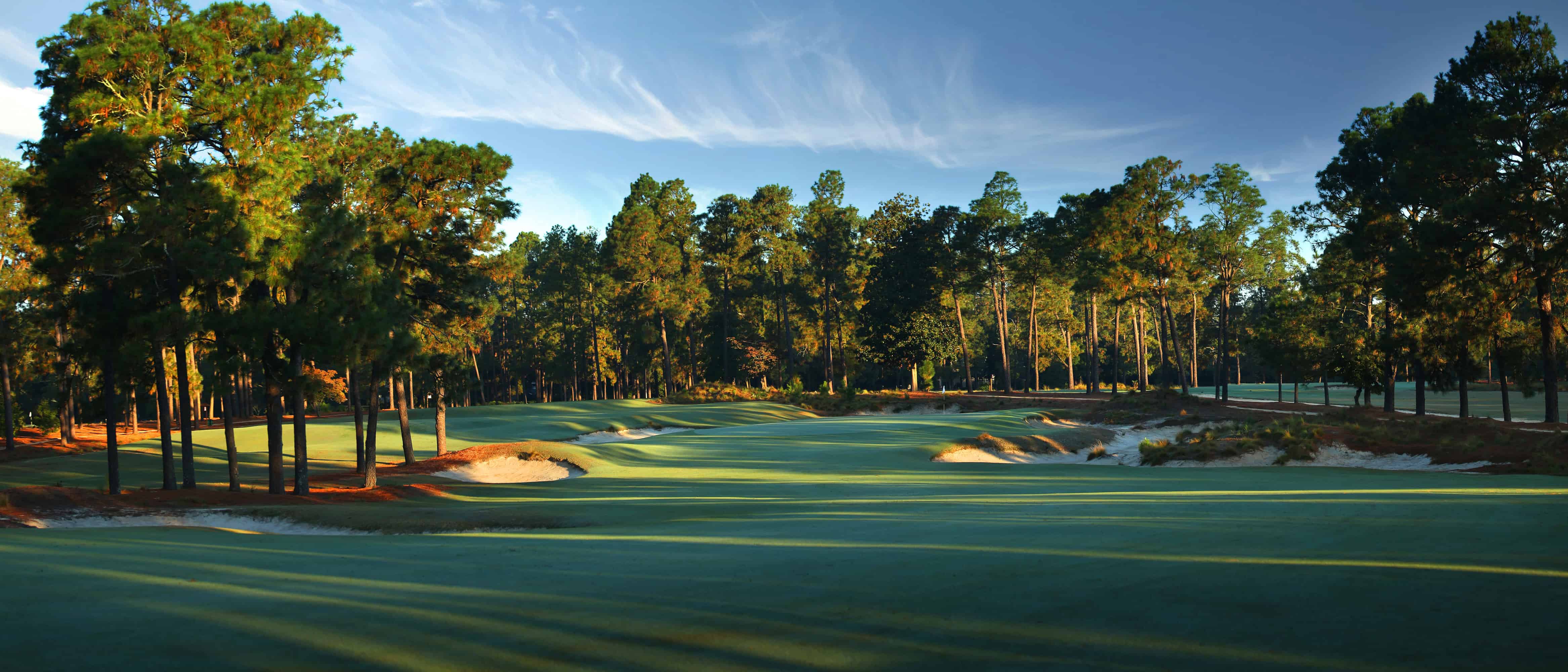
This hole has the only water hazard on the course, though it’s only about 200 yards off the tee and not in play. The left side of the fairway will provide a strong bounce forward, though players will have a slightly downhill lie for their second shot. The green has a sharp back-to-front slope, particularly in the front portion of the green. The toughest putt is behind the hole to a front hole location.
No. 17, 207 yards, par 3
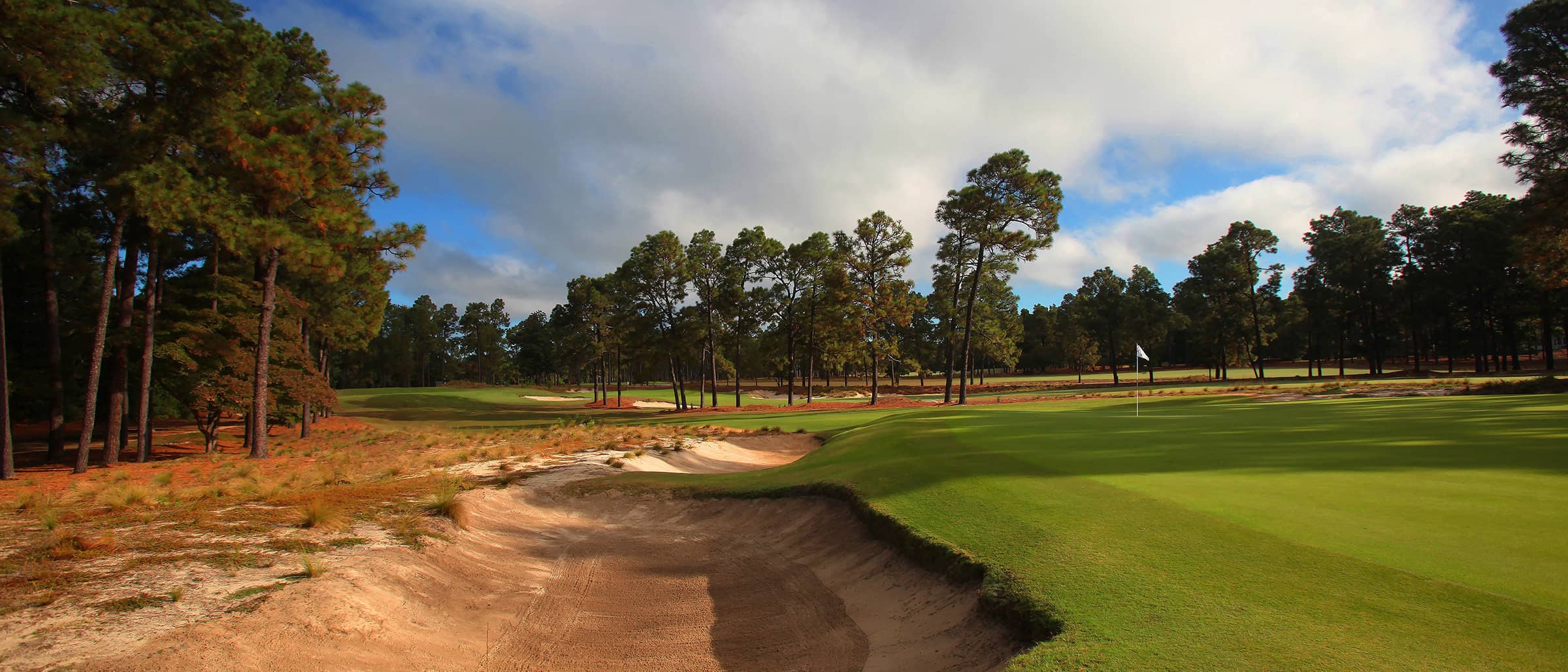
This is similar in length to the 15th, except the green is much larger and easier to hit. The front part of the green has a sharp drop. The toughest hole location is tucked behind the large bunker on the right side.
No. 18, 448 yards, par 4
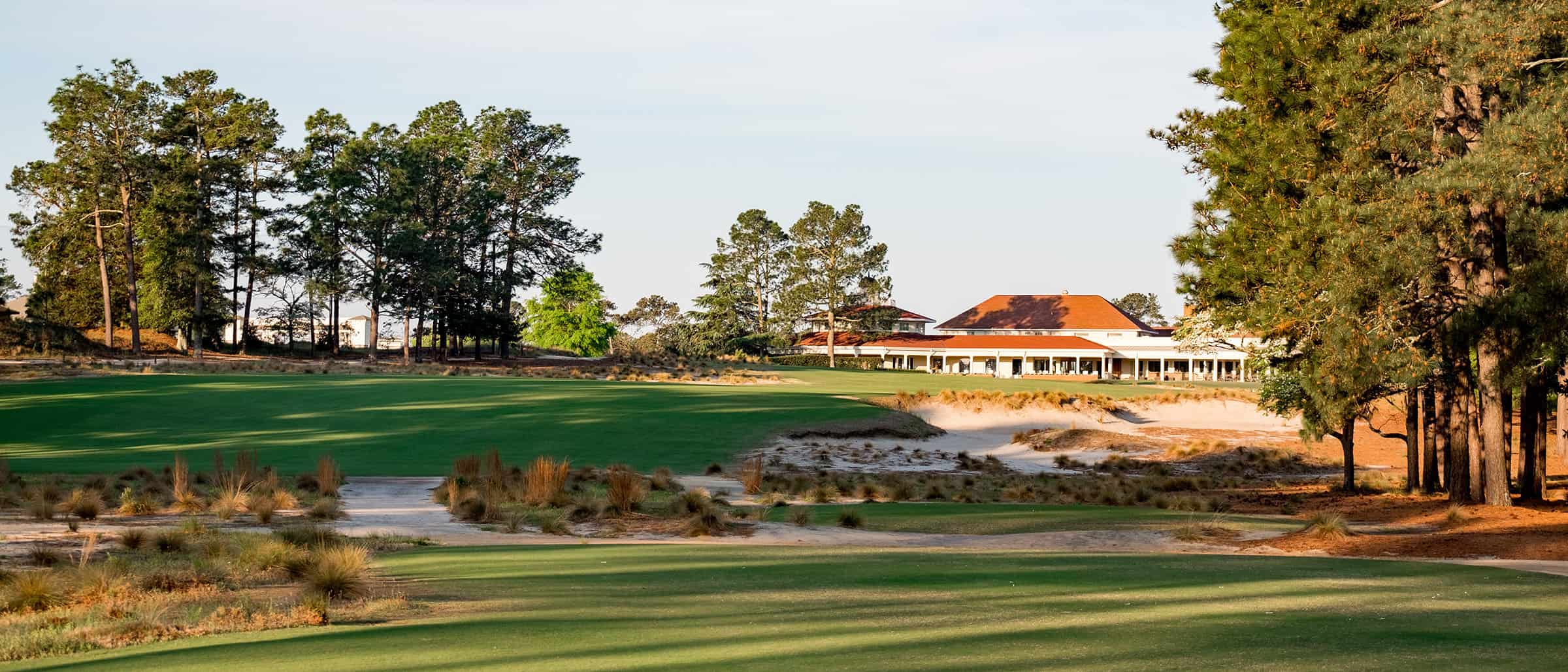
The fairway is not as wide as it looks because the landing area is slightly uphill and hidden from the tee. Players who opt for a fairway metal off the tee will have a mid-iron approach to a green that has a hollow on the right side, creating a two-tier look. The green will always be famous for Payne Stewart making a 15-foot par putt to win in 1999.
